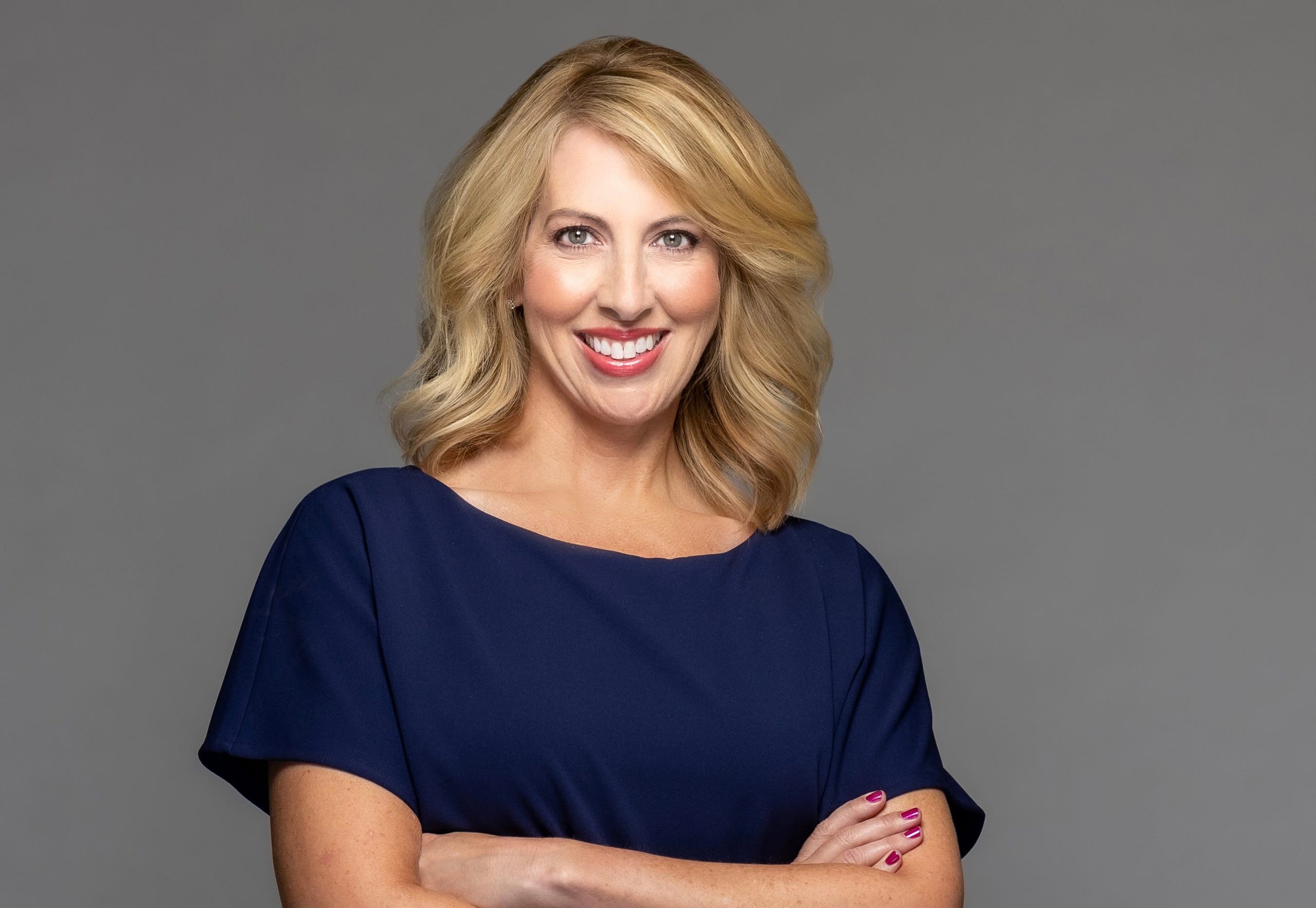It's far more likely that a man will make it to a senior leadership role in corporate America. Now, research shows that it's also more likely that they'll stay.
About 10.5% of female leaders (those in senior management and above) left their company in 2021, compared with 9% of male leaders, according to a Tuesday report from management consulting firm McKinsey & Company and LeanIn.Org. It’s the highest rate of voluntary departures since McKinsey started collecting data in 2017.
The unprecedented number of departures comes as employees reassess and adjust what they want from their careers after COVID-19 lockdowns, with more women prioritizing flexibility and well-being.
“We're in the midst of a great breakup,” said Rachel Thomas, CEO of LeanIn.Org, a nonprofit founded by former Meta COO Sheryl Sandberg that promotes gender equality. “This could spell disaster for companies because we know women in leadership are already underrepresented, and now they're losing the precious leaders they do have.”
More women leaders leaving
The latest Women in the Workplace report was based on data from more than 300 organizations with more than 12 million employees combined.
The report found that for every woman at a director level who got promoted in 2021, two women directors left their company.
Researchers say work culture, microaggressions, and being overworked and under-recognized are pushing more women to leave.
Anne Witherspoon, 51 of Dallas, said a deteriorating work culture was one reason she left an executive role last year. After 10 years with a regional bank, the company went through layoffs and restructured. Witherspoon said the final straw was when the company took a department she had worked with for years and built from the ground up and gave it to a colleague.
Witherspoon submitted her resignation soon after, and six weeks later became chief operations officer and chief experience officer at a wealth management firm.
"I wanted to go somewhere where I could add value and be valued," she said. "I didn't feel that at my previous company, and I definitely feel that now."
Burnout is higher among women
Women leaders are twice as likely as men to be mistaken for someone more junior, and are more likely to see a co-worker get credit for their ideas, according to the report.
Women are also twice as likely as men to spend substantial time on diversity, equity, and inclusion in the workplace, despite the fact that 40% say the work isn’t acknowledged in performance reviews.
While women are “just as ambitious as men leaders," Thomas said that they "receive more signals that it's going to be harder for them to advance at their company.”
Certain women can face additional barriers to advancement due to race, sexual orientation, or disability, according to the report.
And the work doesn’t stop at the end of the business day. Women are far more likely to be responsible for their family’s housework and caregiving compared with men, especially at the senior management level.
Witherspoon said trying to strike a work-life balance felt like "juggling knives on a roller-coaster without a seatbelt."
That balancing act was especially hard when her family was working and taking classes online at home due to COVID-19.
"The pandemic for sure was really hard on women and working mothers," she said. "It didn't matter that my husband was there. The kids would walk right past him and whatever I was doing, I would have to help them and solve their issues or feed them. It was completely crazy."
Add it all up, and you get 43% of women leaders saying they’re burned out, compared with 31% of men.
What this means for companies
More women leaders leaving could be detrimental to companies, according to researchers.
“Companies have been working hard for the last decade to get more women into leadership, so it's disastrous that they may be losing those precious women leaders,” Thomas said.
McKinsey senior partner Lareina Yee said diversity is "good business, bottom line." A separate 2020 report from McKinsey found companies in which women made up at least 30% of the executive team were 48% more likely to outperform the national industry median compared with teams with fewer or no women.
The departures of female leaders can also hurt young employees, who look up to the more experienced women leaders.
There's "a challenge in terms of inspiring and retaining the younger women,” Yee said. "(Companies) need to create the structure and the environment for ambitious, talented women to be able to succeed.”
That could mean offering more flexible and remote work. This can be especially beneficial to women with disabilities since it allows them to work in an environment where they're better able to manage mobility issues, chronic pain, and mental health conditions.
Just 10% of women say they want to work mostly on-site, and many say remote work is one of their top reasons for joining or staying with a company, per the report.
While more women leaders leaving is “pretty worrying” for companies, there is a silver lining, according to Yee.
“It’s pretty amazing that women are willing to bet on themselves,” she said. “They’re willing to take the risk to say I’m going to go try somewhere else if I can’t have the work that’s going to help me thrive.”
You can follow USA TODAY reporter Bailey Schulz on Twitter @bailey_schulz and subscribe to our free Daily Money newsletter here for personal finance tips and business news every Monday through Friday.



